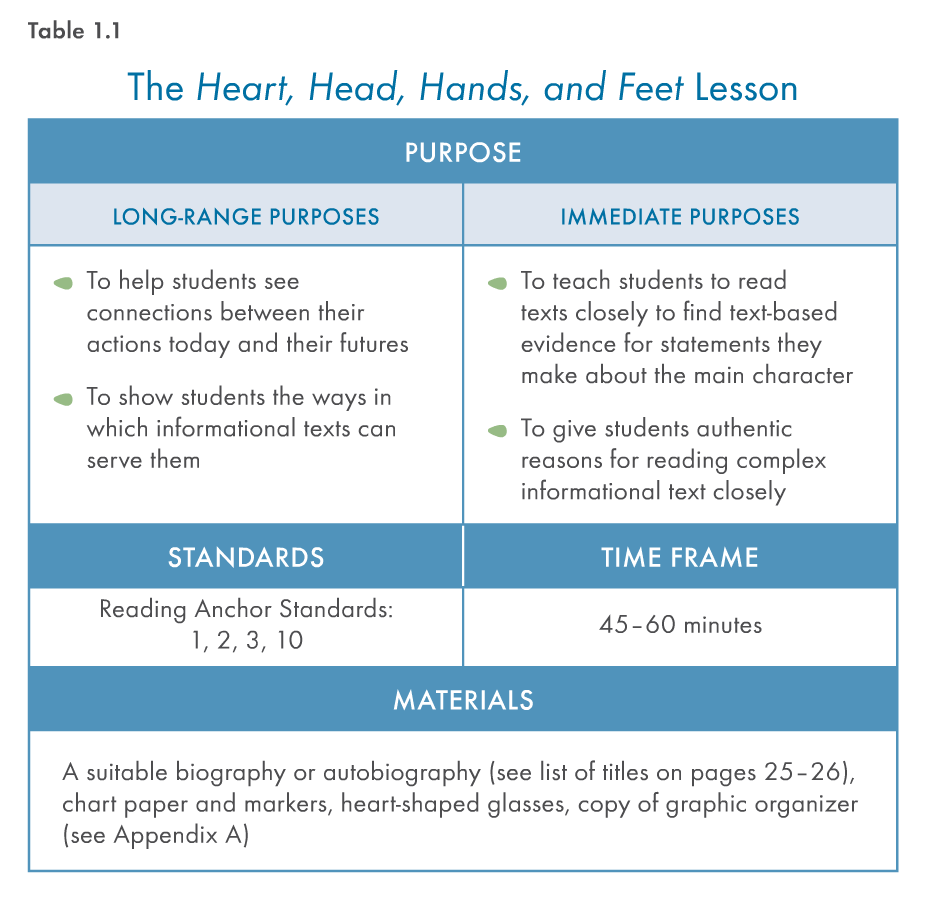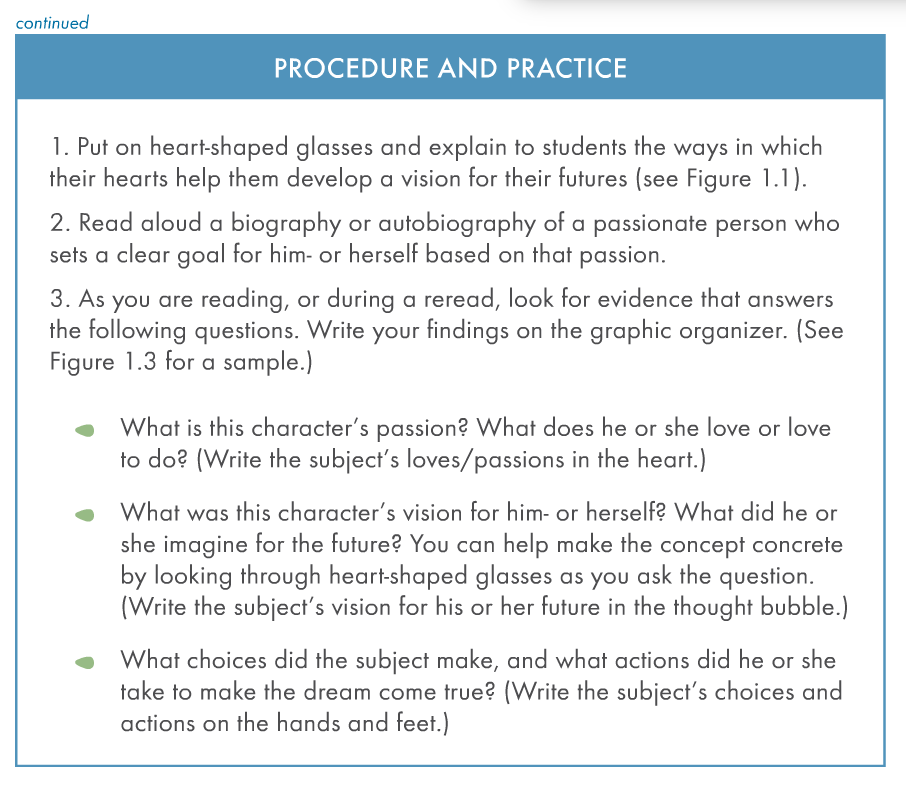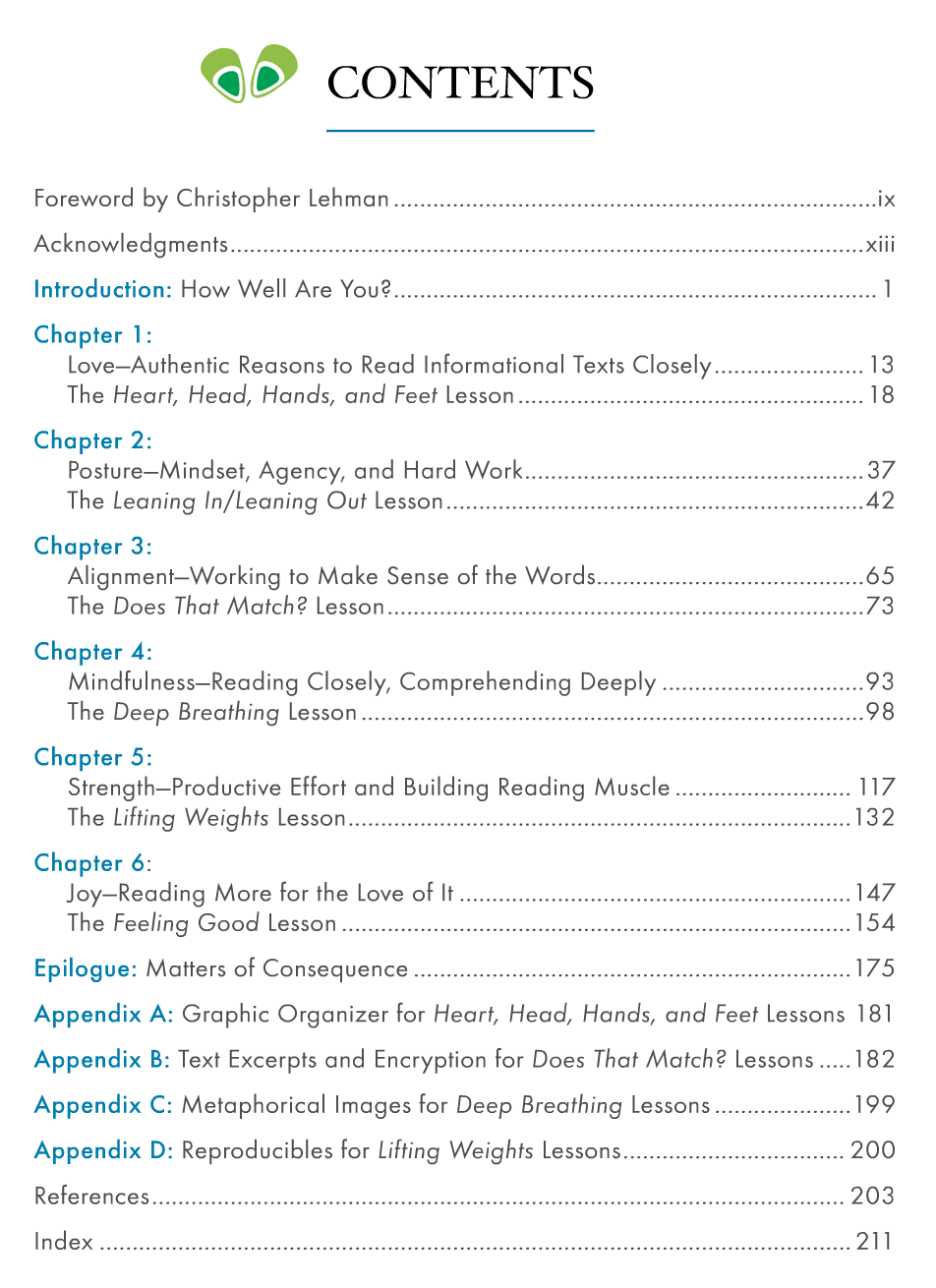Reading Wellness for Students and Teachers
Reading Wellness: Lessons in Independence and Proficiency
By Jan Miller Burkins and Kim Yaris
(Stenhouse, 2014 – Learn more)

Not long ago I was walking into school and I noticed several of our middle school students engaged in a very animated discussion. As I eavesdropped, I realized that their conversation was all about books. They were engaging in an organic book club conversation outside of the school day!
They were sharing book thoughts and recommendations about books to read “for fun.” Just like adults may analyze a restaurant’s menu, service, and price, these adolescents were analyzing their book’s characters, plot, and theme.
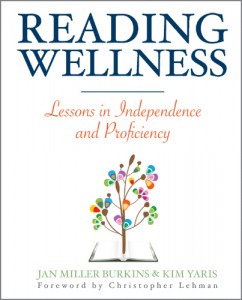
Did you ever feel like a book reached out and spoke to you? I have! Reading Wellness: Lessons in Independence and Proficiency spoke out to me loud and clear. It was exactly what the education doctor ordered. Written by two former teachers, it offers practical and knowing advice that speaks to teachers in a truthful voice, encouraging them to continue being “true to yourself” as you teach.
And it’s just to sort of book to produce scenarios like the one I experienced!
Authors who understand the pressures
Jan Miller Burkins and Kim Yaris are not strangers to teaching today. They are well aware of the pressures that teachers are experiencing as we are expected to teach the standards and meet demands of accountability. They understand the stressors that standardized tests are creating between instructors and their educational values. (You can keep connected with the passion they impart for literacy in their blog, Think Tank for the 21st Century.)
Reading Wellness begins by asking the reader to reflect on why they became a teacher and what their current vision is for students as lifelong learners. The book brought to mind Sonia Nieto’s quote from her book, What Keeps Teachers Going?:
Hope is at the very essence of teaching. In all my years of working with teachers, I have found that hope is perhaps the one quality that all good teachers share. Whether they teach in preschool or college, whether they teach math or art, good teachers have an abiding faith” (2003, 53).
The Reading Wellness authors ask us to step back and take stock of where we are and who we are as educators. This book gives you hope and keeps you going!
What’s inside the book
I adore how each chapter of Reading Wellness begins with a vignette of the authors’ own experiences in the classroom or at home. Who doesn’t identify with the scenario of sitting at the table reluctantly engaged in Sunday afternoon lesson planning and being distracted by the beautiful day that is beckoning you? Or the student in your classroom who uses the word “can’t” more than “can”? I never knew what “IDK“ meant until this year! (I Don’t Know)
The book begins with changing our students’ mindset from negative to positive, a critical first step to making change happen. The authors provide sample lessons and recommendations of rigorous and applicable mentor texts for each strategy introduced. I love the initial recommendations of using Salt in His Shoes (Deloris Jordan and Roslyn M. Jordan) or Ish (Peter Reynolds) to help change the mindset of “I Can’t” to “I Can.”
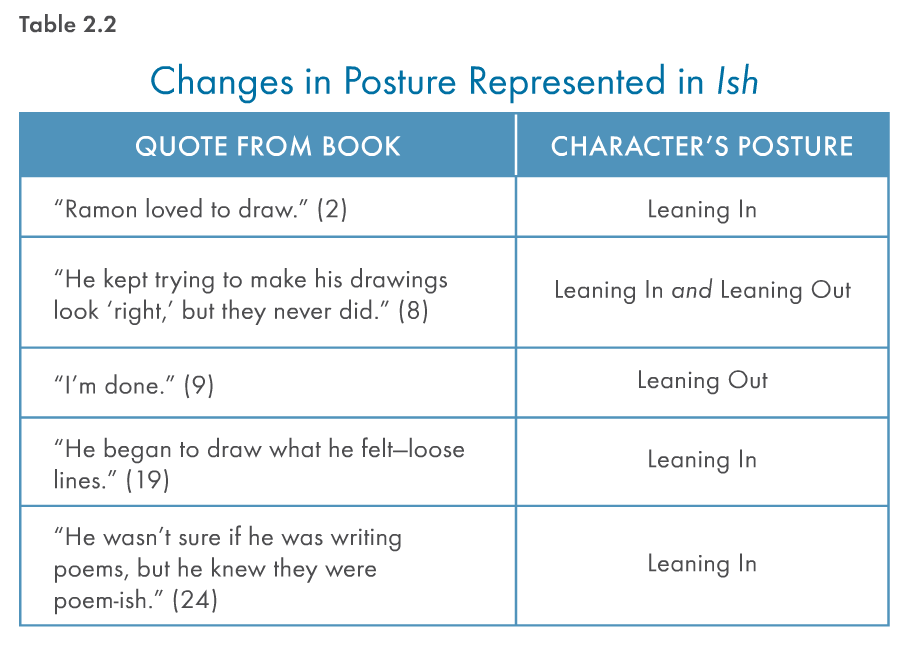
 Feeling good about teaching
Feeling good about teaching
Reading Wellness helped me rekindle the joy that I have for teaching and the teaching of reading. It reminded me of why I became a teacher and reaffirmed my beliefs. Ms. Burkins and Ms. Yaris inspire me to become a better teacher, not just by the lessons I teach but through my feelings about teaching.
The reflection questions at end of each chapter made me pause and think about why I became a teacher, where I wanted to go, and how I could take it to a higher level. Although you can certainly read this book independently, I would recommend becoming part of a Wellness Book Club.
Stenhouse offers an excellent study guide that includes activities and questions to ponder before, during, and after reading each chapter. There are also some choices that fit in the “nontraditional” framework such as magnetic poetry, Mad Libs, and Deep Breathing exercises.
This book makes me want to take a risk in teaching literacy, get out of my comfort zone, collaborate with my colleagues, and bring the joy of reading to all my students – and colleagues. I know that you will treasure it as much as I do.
Linda Biondi is a fourth grade teacher at Pond Road Middle School in Robbinsville, NJ, and a long-time Morning Meeting practitioner. She’s also the recipient of several educational grants, a Teacher Consultant with the National Writing Project and a participant on the NJ Department of Education Teacher Advisory Panel. Linda participates in ECET2 Celebrate Teaching which has posted an interview with her.

